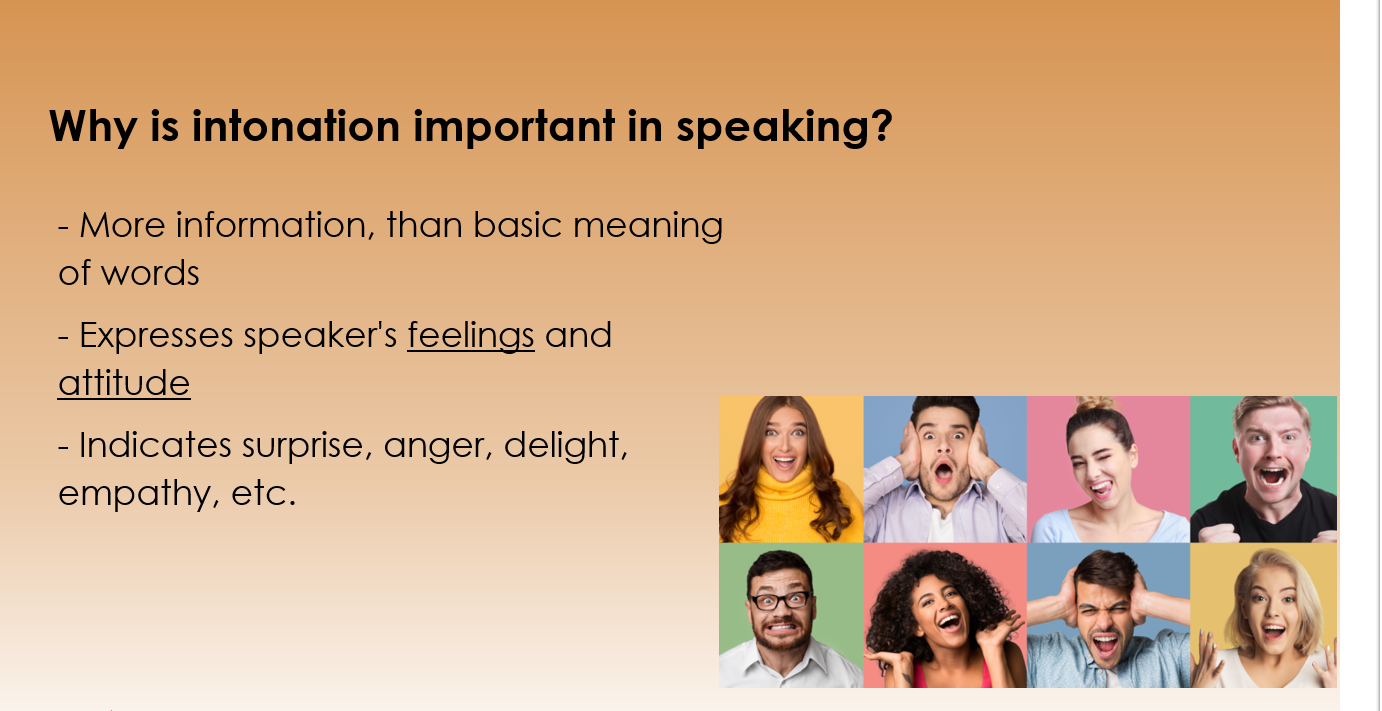Maksym Achkasov

1. How do you think your teaching practice went overall?
Overall, it was positive, educational and helpful. I realize yet again that it is useful to have a supervisor who could guide you in your class preparation process, see you delivering the class, and provide an independent and professional feedback on the things that could be improved or done differently.
2. What were the top three things you learned through this practicum?
First, take notes on what learners say or comment. Later it will help be more effective in providing feedback or explanation. Second, always be aware of the ratio STT and TTT. Third, allocate some time to review what was covered earlier. People tend to forget things without regular practice and revision.
3. What was your favourite “teaching moment”?
My favorite “teaching moment” was when I heard a comment from one of the students saying, “Thank you, teacher. I understand now”.
4. What do you think you did well?
From personal point of view, there were two things that I did well. It was creating a positive and welcoming atmosphere where everyone was encouraged and welcomed to participate. The other one was explaining grammatical constructions and answering questions related to grammar.
5. What do you think you need to work on and how could you improve on this?
I should definitely work more on my pronunciation first. Then I will need to explore the ways of how to be able to help others improve their pronunciation, too. The other things that demands attention is certainly academic writing. I still find it difficult to help people increase their overall score in essay writing tasks. For example, I am not efficient in helping IELTS exam takers to grow from Band 7 to 8 or 9.
6. Please share one or two stories (engaging/inspiring/puzzling/worrisome) from your practice teaching.
There was one class where we focused on Sounds /p/ and /b/. At first, it seemed to me a fairly straightforward lesson plan and that for the learners it would not cause any difficulties. I was proven wrong as soon as I heard that for some students the sounds /p/ and /b/ were not only challenging to pronounce correctly, but also to hear the difference between them in audio materials. Then, after a short warm-up video, explanation of how we usually produce the sounds with our organs of speech, some exercises, they made clearly audible sounds /p/ and /b/. What’s more, two students role-played a dialogue (with the words that have the sounds) in such a way that the whole group applauded them in the end.
7. Did you integrate technology into your lessons? What kind?
I was required to use BigBleButton and PowerPoint. Besides that, I also used YouTube to show some videos. For some classes I used Movavi as I wanted to cut the videos to make them more suitable for the classes’ objectives.
8. What advice would you give to the next TESL students, going in to practice teach with these ESL learners?
I would definitely recommend encouraging every one to keep their cameras on. I believe there should be at least some eye contact. It would help you lead the class and learners would understand that better and easier what is expected of them and when. The other thing is to keep notes. It would help to be in control and return to the points discussed if needed.
9. Do you have any suggestions for improving this practice teaching placement?
Maybe I would suggest only one thing for improvement, it is to create a separate online calendar (e.g. Google Calendar) where the Mentor teacher and trainees could see (not)available classes and mark the hours that they would prefer to have. I guess it would significantly save the time for all the course participants and Mentor teachers.
10. Do you have any other comments to add?
Special thanks to Nastashya Wall. She really did a great job in supervising me and providing me with some valuable feedback and helpful ideas. Big thanks to Sheila, our Practicum teacher, and Canadian College of Educators.